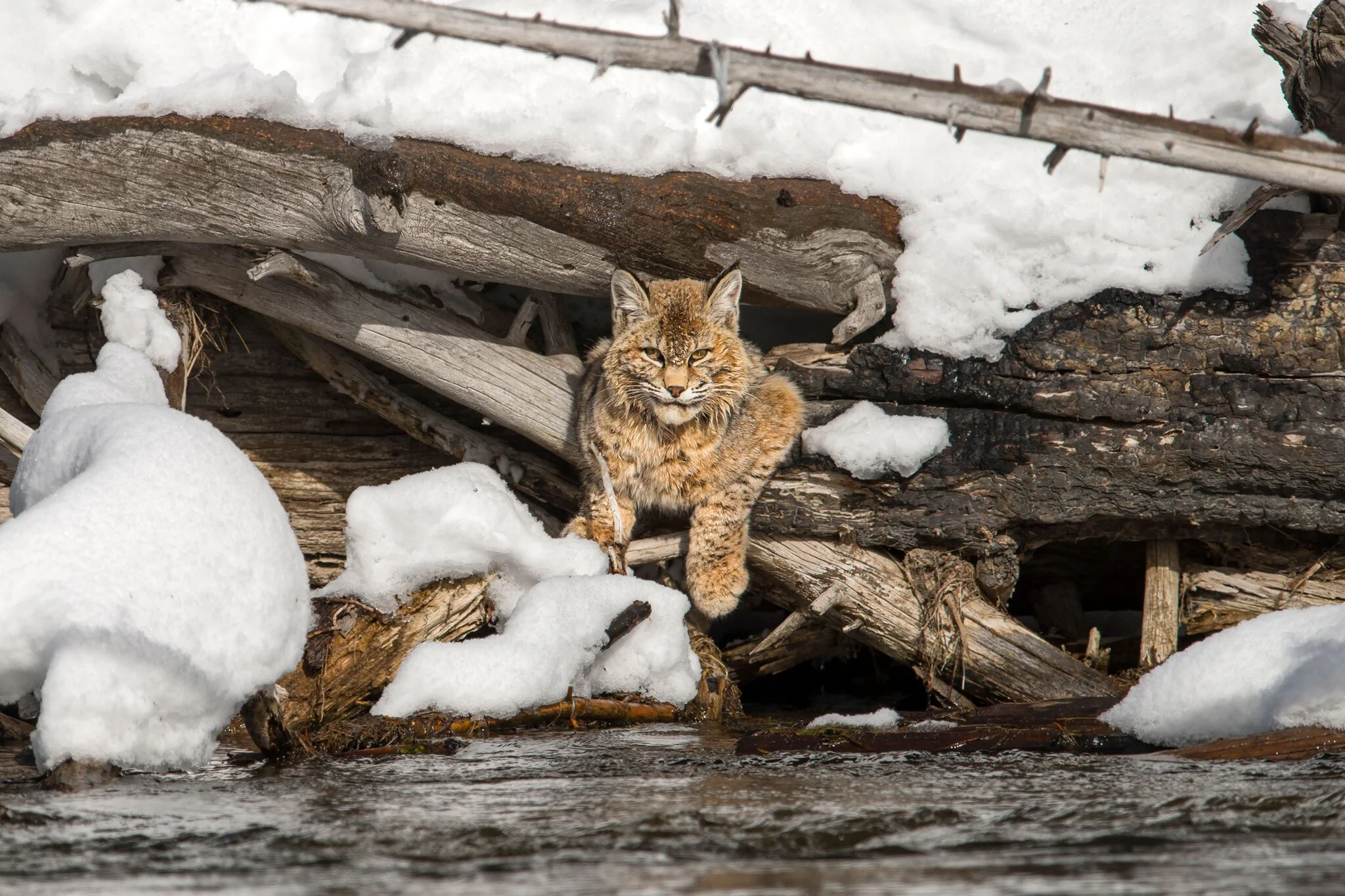Start With Stock
Photographs that show animals interacting with and utlilizing their environment in unique ways outsell dime-a-dozen portraits. Photo and story by: Jared Lloyd
Since the inception of Going Pro, I have written quite a few articles about stock photography. The reason for this is because it gives each and every person who is looking to “go pro,” the ability to begin selling their work, create passive income, use the market as a heuristic or yardstick for how well their photography resonates with photo buyers, and it begins creating a publishing pedigree. Yes, there is significantly more money to be made selling directly to customers such as a magazine.
Yes, there is significantly more money to be made selling fine art prints. However, learning how to do so successfully takes time, money, and considerable effort.
Stock photography, although pennies on the dollar from what it once was, is still a viable and major revenue stream for any wildlife photographer who is dedicated to making money with their work. This past month (November 2022) was a bad month for me in terms of stock sales. While my strategy is to diversify my stock library of images between both micro and macro stock agencies (more on this in an upcoming article), all venues were down for me.
When I write about stock photography, I usually discuss Getty. Getty is definitely the bargain basement of stock photography though. But as I have said time and time again, it’s one of the best places for wildlife photographers to have images for sale due to the sheer quantity of images sold every day to millions of customers around the world.
For November, people licensed only a little over $600 worth of images of mine through Getty. My payout for that was around $200.
Barf.
I can’t make a living off $200 a month, of course. But it is $200 I didn’t have to work for. And most importantly it’s $200 from images that have already earned thousands of dollars for me. It’s this last part about images already earning money that I think is important when it comes to wrapping your mind around selling work with stock agencies.
At face value, $200 for a month’s worth of sales is awful. On the other hand, when I consider that several of those individual photographs that sold this past month have earned tens of thousands of dollars each in their lifetime with Getty, then the perspective shifts in terms of worth. Was it worth signing up with Getty and selling a mess of images that only landed me a $200 paycheck? Ugh. When you put it that way, hell no.
Alternatively, was it worth signing up with Getty and selling a mess of images that, over time, have collectively bought new lenses and paid off vehicles, but only netted me around $200 this month?
Absolutely. See the difference?
When I talk about the nuances of going professional with photographers, whether in person or through Going Pro’s mentorships, I recognize quickly that many of those folks I speak with already invest in a different sort of stock market.
If you are someone who can wrap your mind around purchasing stock as part of a long-term investment strategy, then you already understand how the stock photography market works. No, you are probably not going to upload 20 photographs and make $20,000 this year. But if they are highly sellable images, over the course of several years, this is achievable.
This is why stock photography is still a rock-solid business strategy for anyone looking to make a living with wildlife photography today. If you NEED to make money NOW, wildlife stock photography is not the answer – just like investing in Wall Street is not the answer for most in that case. But when taken seriously, when combined with other pursuits for making money with your photography, it is very much a solid way to earn a living OVER TIME.
This discussion of stock photography, and trying to help you see why it is still very much relevant, is something of an introductory article to a series I am writing for you all about selling your work in this particular industry. So, stay tuned. There is much more to come!

